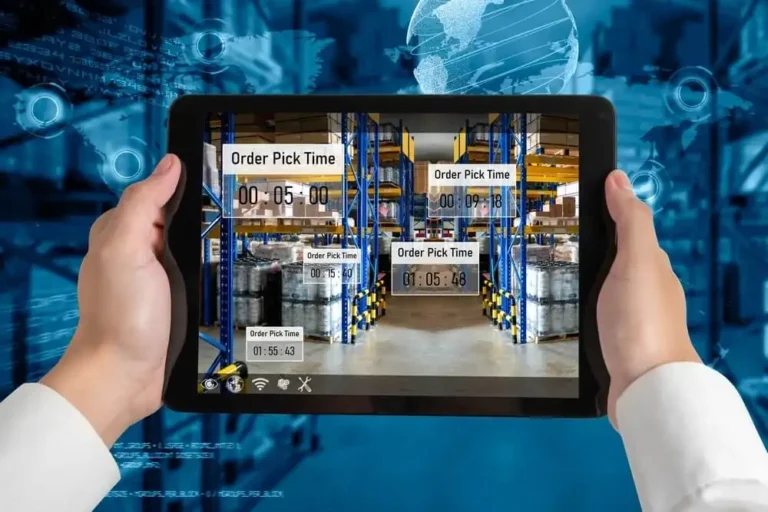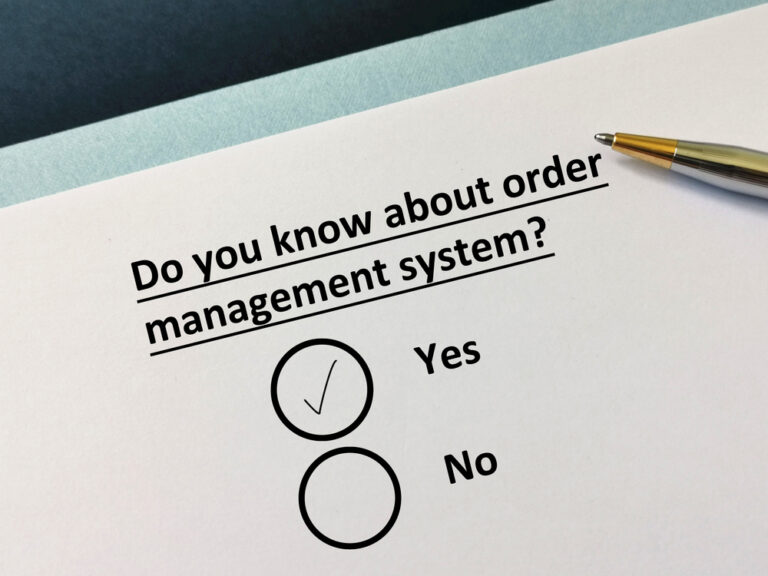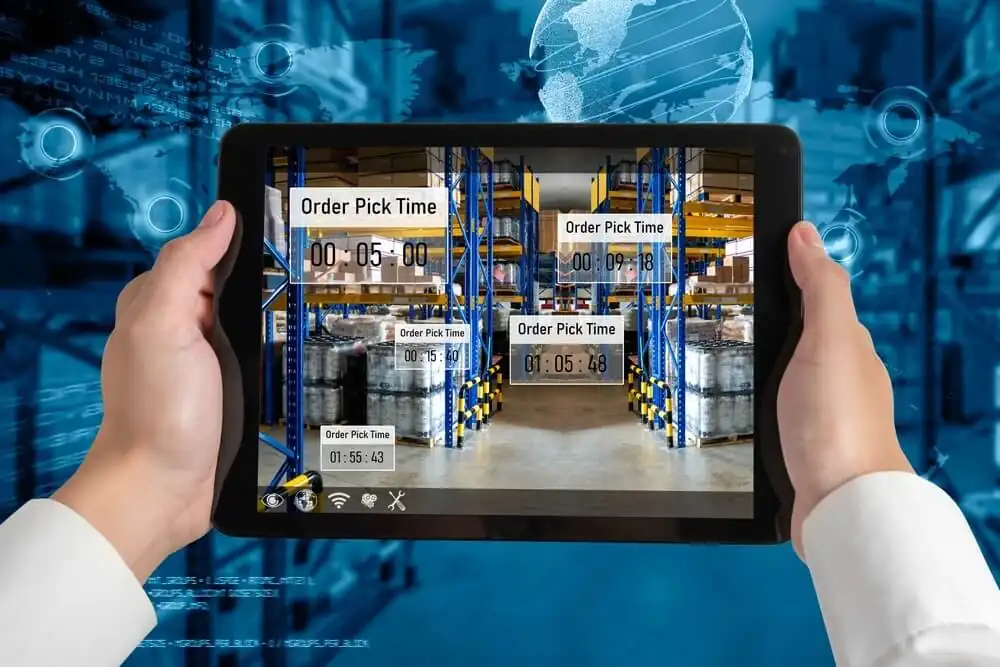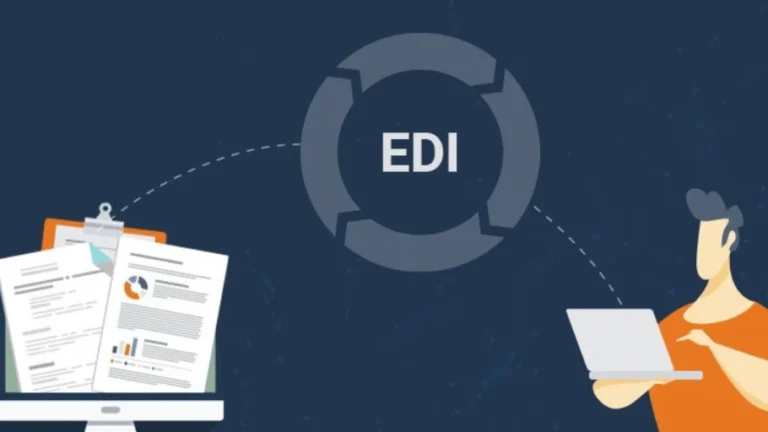An order management system (OMS) tracks the lifecycle of an order—from the moment a customer completes payment to the moment the package arrives at their door. It keeps a digital record and facilitates a smooth, problem-free order process for both the customer and the vendor.
Whether you’re a small business dealing directly with the end user or a large organization tackling the complexities of wholesale order management, an OMS could be a viable, flexible, and highly accessible solution.
In the following guide, we’ll delve a little deeper into this topic, answering questions such as:
- What is an order management system?
- How does it manage orders?
- Why is it important?
- what are the benefits?
- What is an order management system in the B2B sector?
- Is order management the same as inventory management?
Why an Order Management System is Important for your Business
With so many plates spinning, it’s natural that one will fall, and when that happens there’s often a very unhappy customer and/or a very frustrated business picking up the pieces.
An OMS organizes all of these elements and promotes visibility during every stage of the order process, extending from the supply chain to the after-sales service.

Key Aspects of a Good Order Management System
Tracking Inventory through Multiple Channels
How many units do you have left? If your existing software isn’t up to scratch, it may not have combined all those sales.
An OMS can combine sales from multiple channels, keeping all of your data in one place and ensuring inventory information is updated in real-time.
Fulfilment Automation
All of this can—and often does—happen automatically. Removing the human element eliminates costly human errors. More importantly, it frees up resources that can be better utilized elsewhere.
Organizing Customer Data and Improving Loyalty
If you pay $1,000 for every customer you acquire, and those customers spend an average of $2,000, that’s a 2:1 return on advertising spend (ROAS). If those same customers purchase again the next month and then again the month after, you’ve now earned $6,000 without spending any more on advertising, thus increasing your ROAS to 6:1.
OMS plays a big role in improving customer loyalty. It provides insights into a customer’s lifetime value and offers visibility on key factors you could use to improve it, including their location and buying habits.
These datasets also allow you to apply specific marketing strategies to targeted groups of customers, thus reducing your ad spend further.
Dealing with Returns and Refunds
OMS automates the return process to cut out frustrating and time-wasting elements and ensure that neither the customer’s time nor the business’s time is wasted.
How to Use an Order Management System for Ecommerce
How you use an OMS will depend on what you sell and how your fulfillment process is structured. However, these systems are flexible, and they can be designed around your specific needs.
The OMS process usually looks something like this:
1. Discovery: The order management process starts when the customer adds an item to their cart.
2. Order Placement: The customer completes the checkout and their payment is taken. Automated systems verify these payments and process them securely.
3. Order Fulfillment: The OMS optimizes warehouse selection based on proximity, calculates shipping costs, arranges the best carrier, and then prints the necessary labels.
a. Inventory Changes: The inventory is adjusted to account for the order. This happens in real-time and notifications are sent to the appropriate teams if the stock levels get too low.
b. Reorder: If a “reorder” point is triggered, additional stock is ordered. The system can issue a purchase order and make recommendations regarding shipping/handling and whether other stock should be ordered at the same time.
4. Shipment: The order is shipped and the customer receives a notification with tracking information.
a. Returns and Refunds: If the customer is not happy with the product, a return can be requested. The process is initiated by the customer, but the system gets involved to track the return and ensure a refund is arranged
What is Order Management in the B2B Space?
The main difference is that orders are often taken by sales reps and then entered into the system, thus negating the need for abandoned cart flows and requiring more manual input.
The Benefits of Order Management Systems
1. Centralized Business Processes
2. Improved Accuracy and Efficiency
3. Process Orders Automatically
4. Overview of all Marketplaces Instantly
An OMS provides visibility of all marketplaces, including websites, in-house sales, third-party sites, and sales generated by affiliates and brand ambassadors.
5. Save Wasted Hours
Talk to an Expert
Contact us today for more information. We can help you to find and implement the best solution for your wholesale business, creating something that improves your order process, simplifies your order management, and creates a solution that benefits you and your customers. You can also learn more on site – wholesale order management

FAQ
Can I Use an Order Management System to Sell Internationally?
Yes. An OMS can help you to expand your reach into international markets by facilitating payments in multiple currencies and dealing with 3PLs in other regions.
Do Order Management Systems Just Manage Orders?
In a way, yes, but there’s a lot going on with the typical order process and these systems deal with all of it. They simplify, streamline, and automate.





